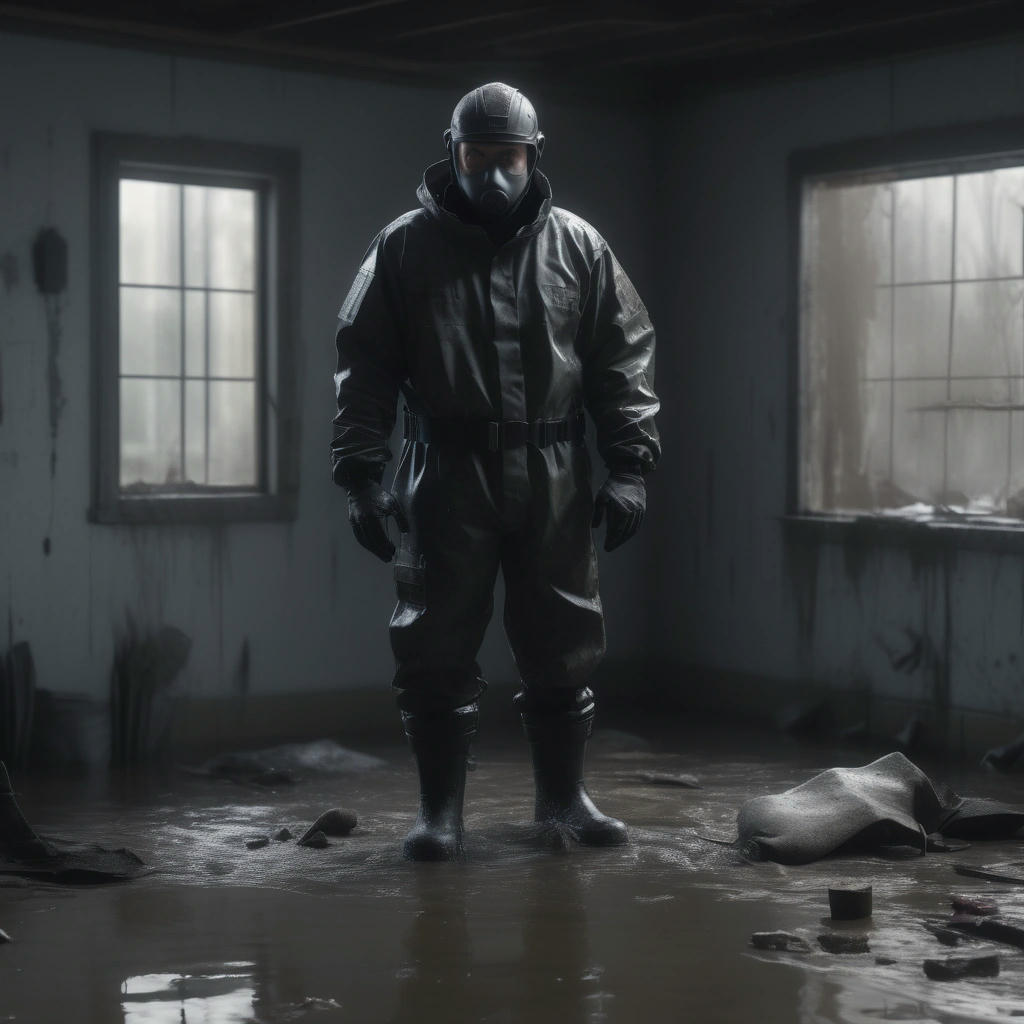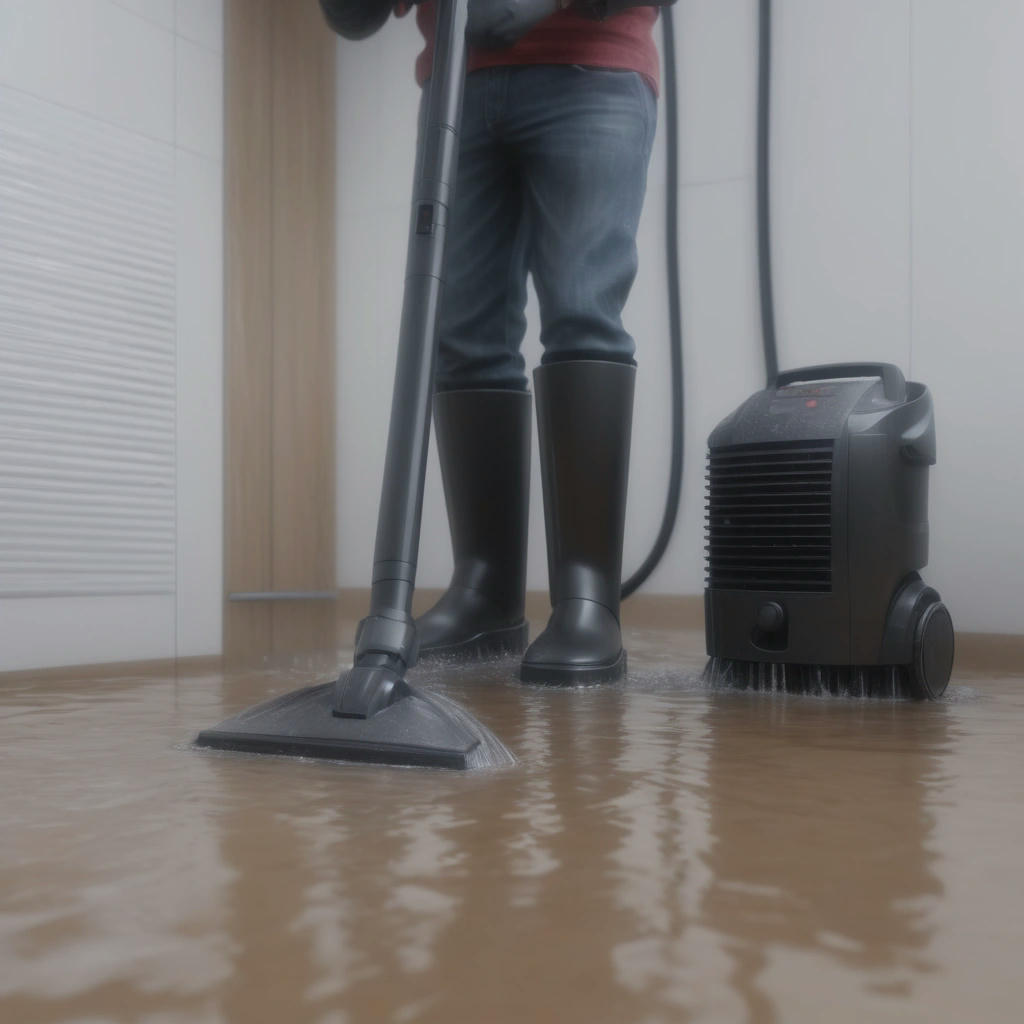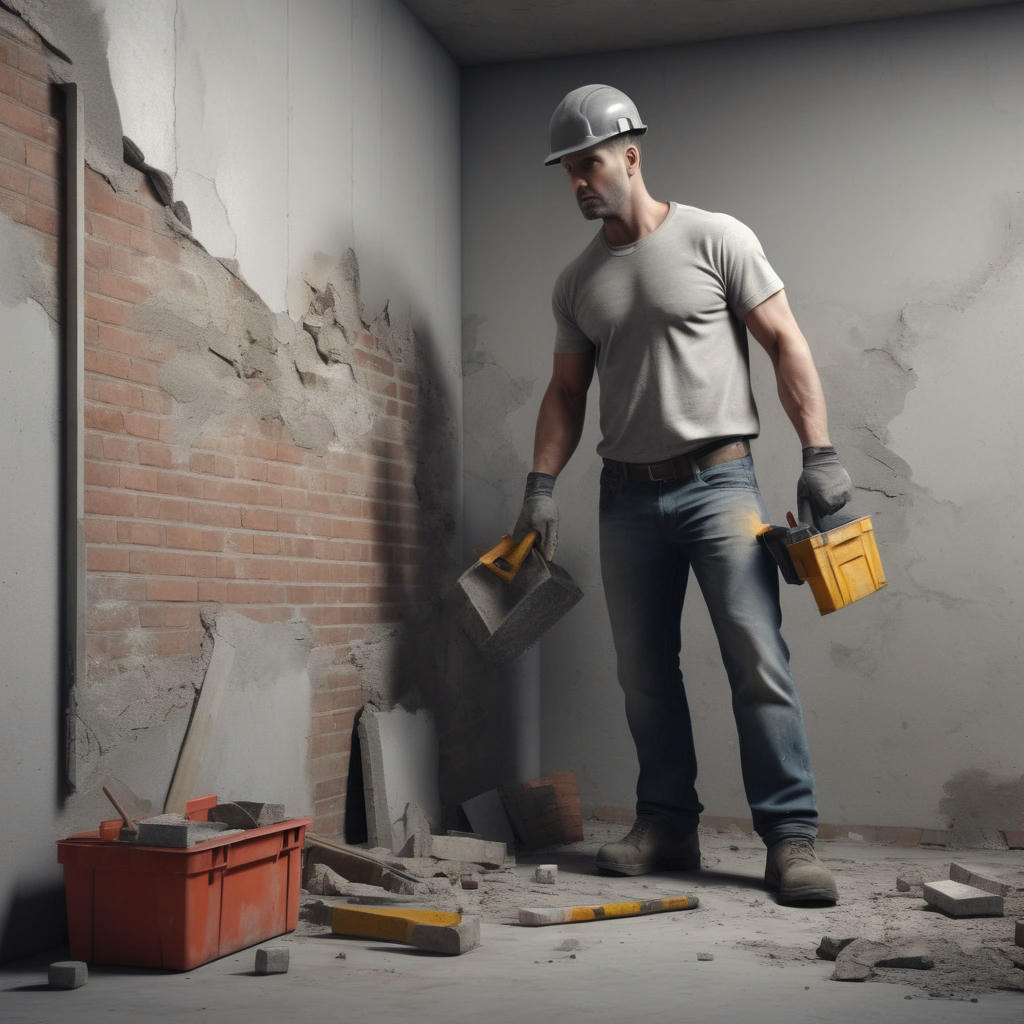Restoring a home that has been submerged in water for a month can be a daunting task. The process requires careful planning, execution, and attention to detail to ensure the property is safe, habitable, and free from potential health hazards. In this guide, we will walk you through the steps to restore your flood-damaged home, from assessing the damage to rebuilding and renovating.
Assessing the Damage
Before starting the restoration process, it's essential to assess the extent of the damage. Wear protective gear, including gloves, masks, and boots, to prevent exposure to potential health hazards like mold, bacteria, and contaminated water.
Take photos and videos of the damage to document the extent of the destruction.
Check for structural integrity, including the foundation, walls, and roof.
Identify areas with water damage, mold, and mildew.
Make a list of damaged items, including furniture, appliances, and personal belongings.
Safety Precautions
Floodwater can contain hazardous materials, including sewage, chemicals, and heavy metals. To ensure your safety, follow these precautions:
Avoid touching electrical outlets, switches, or appliances that have been exposed to water.
Keep children and pets away from the affected area.
Wear protective gear, including gloves, masks, and boots.
Use a flashlight instead of candles or open flames to avoid fire hazards.
Be cautious of slippery floors and uneven surfaces.
Drying and Cleaning
Drying and cleaning are critical steps in the restoration process. Follow these steps:
Remove standing water using pumps, wet/dry vacuums, or mops.
Open windows and doors to facilitate airflow and speed up the drying process.
Use fans and dehumidifiers to reduce humidity and prevent further damage.
Clean and disinfect all surfaces, including walls, floors, and countertops.
Remove and dispose of damaged materials, including drywall, insulation, and flooring.
Mold Remediation
Mold growth is a common issue in flood-damaged homes. To prevent mold growth and remove existing mold, follow these steps:
Identify areas with mold growth, including walls, ceilings, and floors.
Contain the affected area using plastic sheets and tape.
Use a solution of bleach and water to clean and disinfect the area.
Remove and dispose of porous materials, including drywall and carpeting.
Dry the area completely using fans and dehumidifiers.
Rebuilding and Renovating
Once the home is dry and clean, it's time to start rebuilding and renovating. Follow these steps:
Hire a professional contractor or builder to assess the structural integrity of the home.
Replace damaged materials, including drywall, insulation, and flooring.
Install new electrical and plumbing systems, if necessary.
Repair or replace damaged appliances and fixtures.
Consider upgrading to flood-resistant materials and designs.
Conclusion
Restoring a flood-damaged home requires patience, perseverance, and attention to detail. By following these steps, you can ensure your home is safe, habitable, and free from potential health hazards. Remember to prioritize your safety and the safety of others, and don't hesitate to seek professional help when needed.


